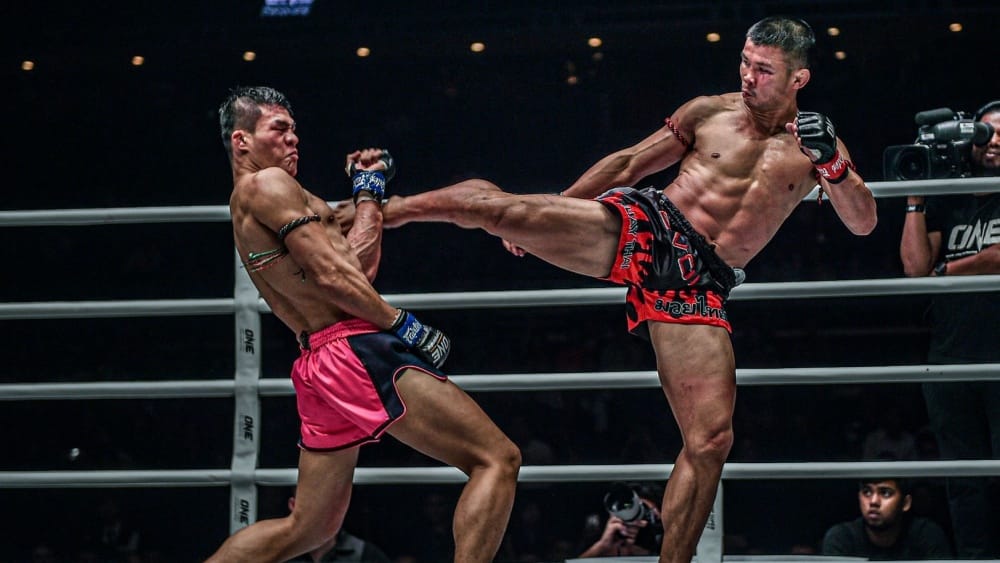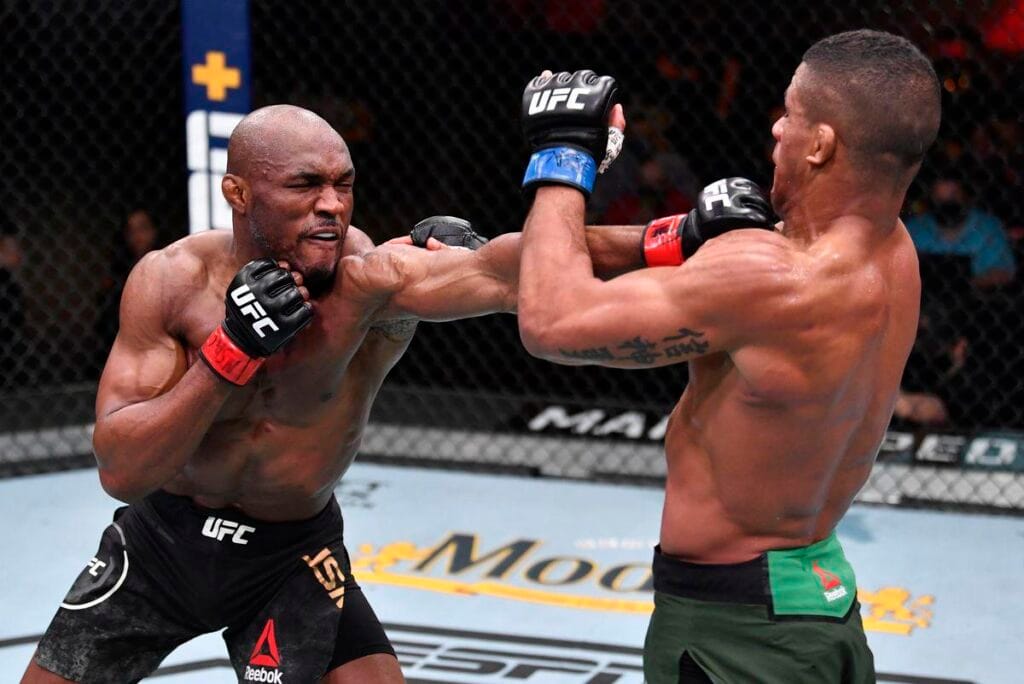Have you ever watched a martial arts movie and felt a surge of inspiration?
Or perhaps you’re looking for a new way to build discipline, physical fitness, and self-confidence.
Whatever your motivation, the world of martial arts offers a rich and rewarding journey.
Today, we’re going to explore two distinct yet equally powerful disciplines: Kung Fuand Mixed Martial Arts (MMA).
We’ll delve into their basic moves, helping you understand the foundational techniques that make these arts so effective and captivating.
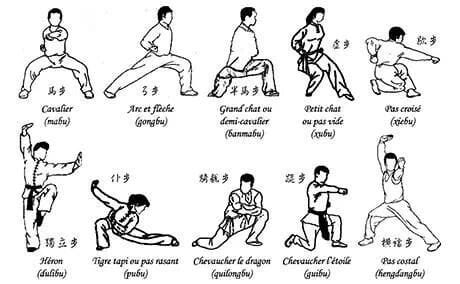
The Ancient Art of Kung Fu: Building a Strong Foundation
Kung Fu, a term often translated as “hard work over a long period,” is more than just a fighting style;
it’s a comprehensive system that cultivates both body and mind.
Originating in China, Wushu (the broader term for Chinese martial arts skills) emphasizes movements for muscles, joints, and internal organs, focusing on flexibility, strength, and breath control [1].
Before mastering elaborate routines, practitioners must first develop a strong foundation through basic skills training.

Basic Kung Fu Stances: Your Pillars of Power
Stances are the bedrock of Kung Fu, providing stability, balance, and the ability to generate power.
Mastering these fundamental positions is crucial for all subsequent techniques.
Here are some key stances you’ll encounter:

Ma Bu (Horse Stance): A wide, deep stance that builds leg strength and stability. Imagine sitting on an invisible horse.
Gong Bu (Bow Stance): A forward-facing stance, resembling an archer’s bow, used for powerful forward movements and strikes.
Xu Bu (Empty Stance): A lighter, more agile stance where most weight is on the back leg, allowing for quick changes in direction or evasive maneuvers.
Pu Bu (Crouching Stance): A very low stance, close to the ground, used for sweeping techniques and low blocks.
Xie Bu (Sitting Stance): A cross-legged stance, often used for transitions and maintaining balance.
These stances are not static poses but dynamic foundations from which all other movements flow.
Consistent practice will develop the coordination, flexibility, speed, and muscle elasticity essential for advanced techniques.

Fundamental Kung Fu Techniques
Beyond stances, Kung Fu training involves a variety of techniques for both offense and defense:
Kicking Techniques: Including heel kicks, treads, diagonal kicks, swings, flips, twists, sweeps, and hooks.
Striking Techniques: Such as punches, bumps, leaning, shoves, warding off, chopping, snapping, smashing, forking, blocking, pulling down, hooking, and scooping.
Tumbling Techniques: Holding, consolidating, tucking, falling, crawling, grabbing, rolling, smashing, and hooking.
Catching Techniques: Involving hooking, catching, locking, buckling, closing, sealing, dislocating, and intercepting.
Each technique requires precision and understanding of its application, contributing to the overall beauty and effectiveness of Wushu [1].
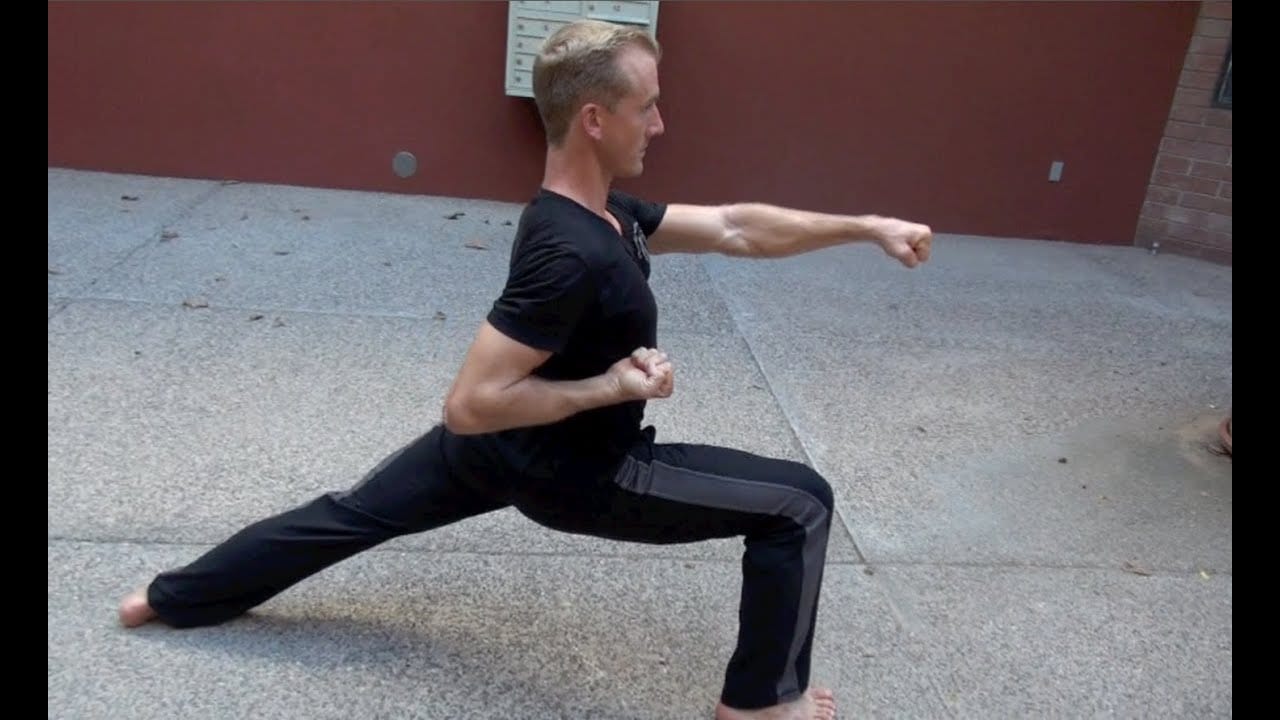
Mixed Martial Arts: The Fusion of Fighting Styles
Mixed Martial Arts (MMA) is a dynamic combat sport that combines techniques from various martial arts disciplines, including striking (from boxing,
Muay Thai, karate), grappling (from wrestling, Brazilian Jiu-Jitsu), and takedowns.
It’s a sport that demands a well-rounded skill set, and mastering basic techniques is paramount for any aspiring fighter or enthusiast. Let’s explore some essential MMA moves.
Core MMA Striking Techniques
Striking is a crucial component of MMA, allowing fighters to inflict damage from a distance. Here are some fundamental strikes:
The Jab: The most basic and versatile punch, used for distance management, setting up combinations, and quick counters [2].
It’s a bread-and-butter weapon in various combat sports.
The Overhand: A powerful, looping punch that comes over the opponent’s guard, often used to deliver devastating blows [2].
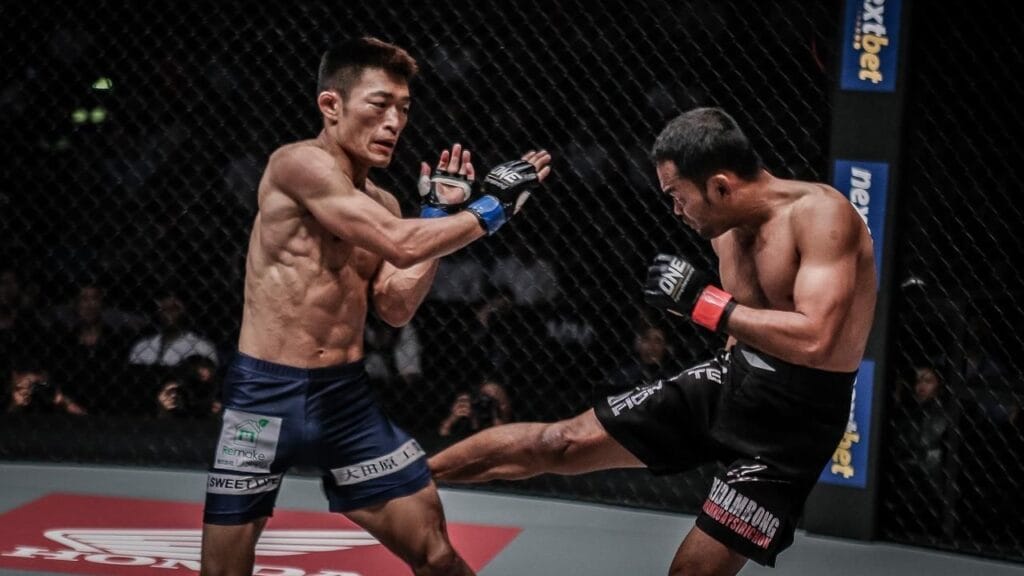
The Low Kick: A powerful kick targeting the opponent’s thighs, designed to wear down their legs and limit their mobility [2].
The Roundhouse Kick: A devastating kick delivered with the shin, capable of inflicting significant damage to the body or head [2].
Essential MMA Grappling and Takedown Techniques
Grappling and takedowns are vital for controlling the fight’s location and submitting an opponent. These techniques often determine the flow of a match.

The Single-Leg Takedown: A fundamental wrestling move where a fighter grabs one of the opponent’s legs to bring them to the ground [2].
Mastering this can be a game-changer.
The Sprawl: A defensive maneuver used to counter a takedown attempt, where the fighter quickly pushes their hips back and down to prevent the opponent from getting a grip [2]. It’s not glamorous, but incredibly important.
The Clinch: A close-range fighting position where fighters grip each other, often used to control an opponent, deliver short strikes, or set up takedowns [2]. Muay Thai has heavily influenced MMA clinching techniques.

The Back Mount Escape: A crucial defensive technique to escape from a dominant grappling position where the opponent is on your back, threatening submissions [2].
Conclusion: Your Martial Arts Journey Awaits
Whether you’re drawn to the ancient discipline of Kung Fu or the modern, comprehensive approach of Mixed Martial Arts, understanding these basic moves is your first step.
Both paths offer incredible benefits, from physical conditioning and self-defense capabilities to mental fortitude and discipline.
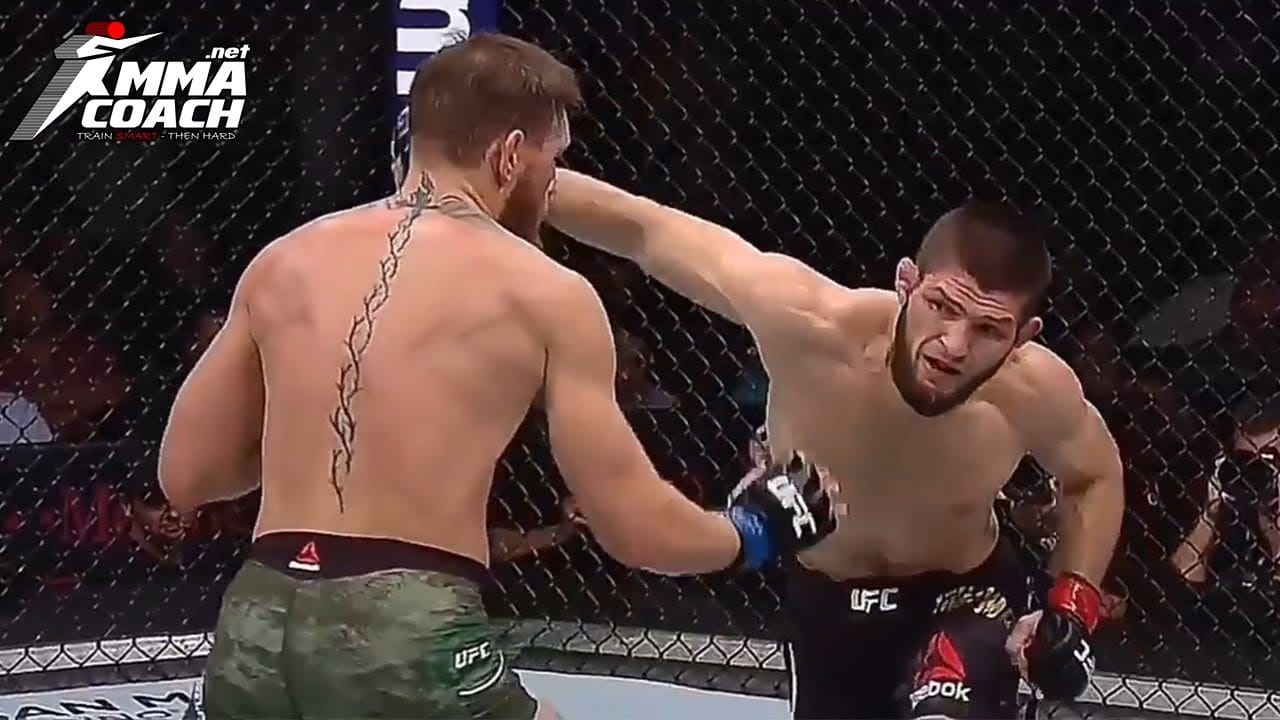
Remember, consistency and dedication are key to mastering any martial art. So, take that first step, find a reputable instructor, and begin your martial arts journey today!
References
[1] Shaolin Temple Yunnan. (n.d.). *Kung Fu Basics*. Retrieved from
[2] Evolve MMA. (2021, April 8). *8 Basic MMA Techniques You Need To Know.
